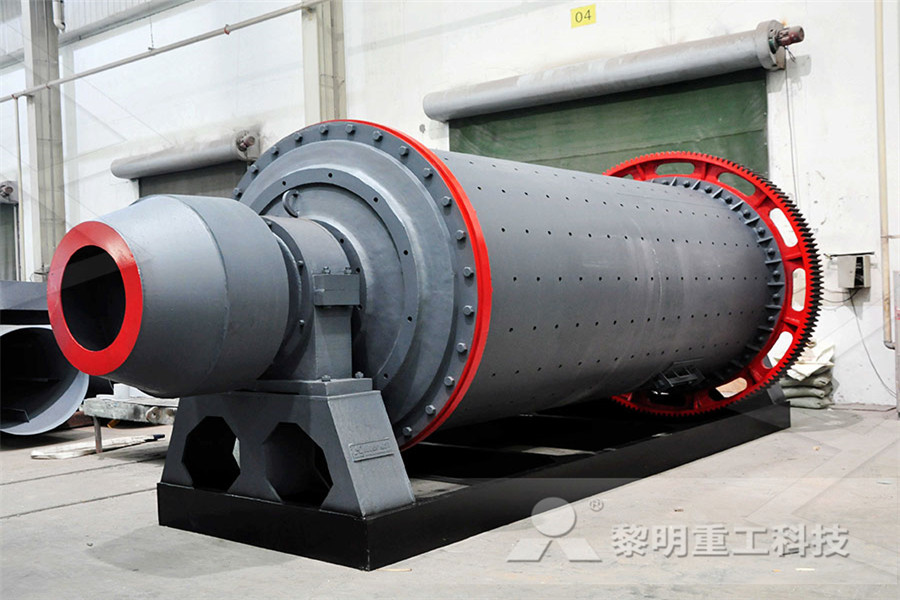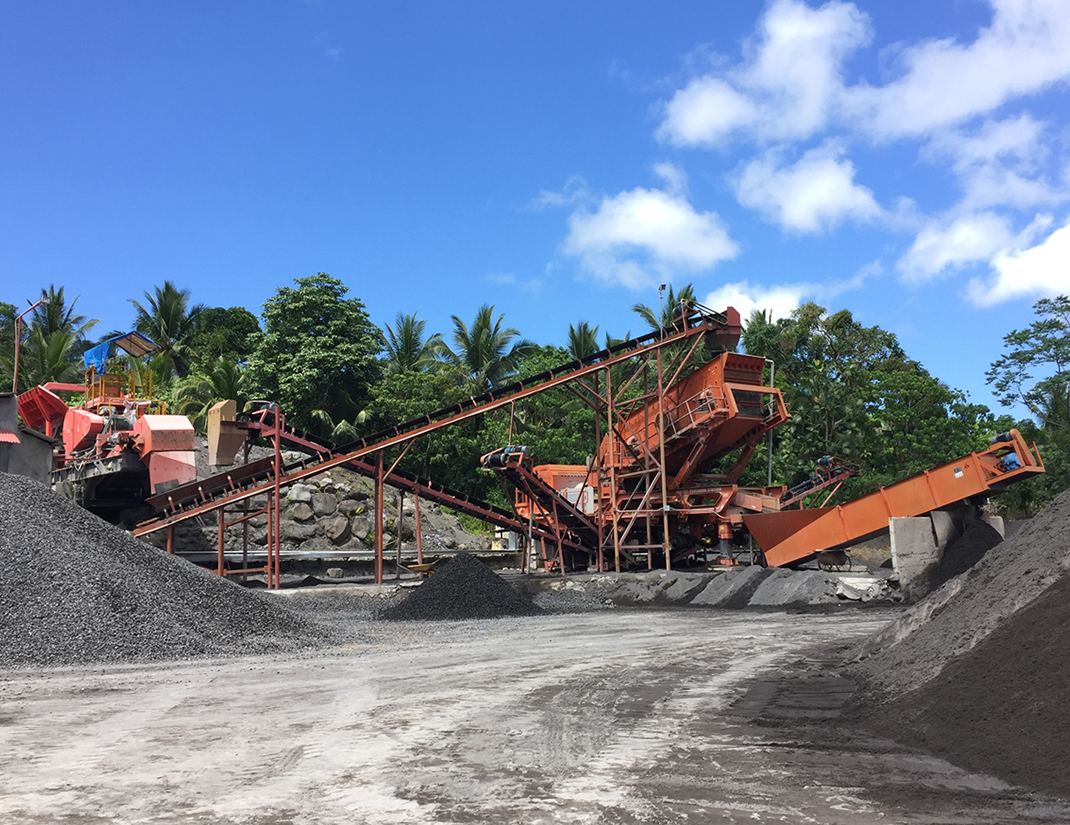Sodium Hydrosulphide In The Flotation Of Copper
2022-09-19T17:09:07+00:00

A New Application For Flotation Of Oxidized Copper Ore
flotation of oxide coppercobalt ores, using sodium hydrosulphide as the sulphidising agent, has been practiced in Katanga, Democratic Republic of Congo With sodium hydrosulphide, nearly 77% of the copper and 75% of the cobalt were recovered with a * For correspondance : Fax: +90412 Tel : +90412/3159 Email: surface properties of slightly oxidized chalcocite, bornite, and chalcopyrite with sodium hydrosulfide (NaHS) treatment were investigated by solid analyses of Xray photoelectron spectroscopy, solution analyses, and zeta potential measurements NaHS is known as a flotation activator for copperoxide minerals by sulfurizing their surfacesSurface properties of coppersulfide minerals with 1 Introduction Coppersulfide minerals, such as chalcocite (Cu 2 S), bornite (Cu 5 FeS 4), and chalcopyrite (CuFeS 2) are important copper resources from copper mines (Fullston et al, 1999)Flotation tends to be used to recover and concentrate these minerals Flotation is a separation method that uses the surface wettability property (hydrophobicity and hydrophilicity)Surface properties of coppersulfide minerals with This paper reviews uses of sodium sulfide in the flotation of oxide minerals of copper, lead, and zinc The activation and depression effects of sodium sulfide are of particular importance because of their applications with oxidized lead and copper ores In spite of its industrial importance, the nature of the heterogeneous reactions between sulfide ions in solution and the surface of oxidized Role of sodium sulfide in the flotation of oxidized Sodium hydrosulphide is the single sulphidising agent employed in the Congolese industry Its consumption makes up approximately half of the total cost of flotation reagents An improved flotation method, which uses inert gas instead of air as flotation gas, has been investigated in order to reduce its consumption ( Kongolo et al, 1995 )Improving the efficiency of oxide copper–cobalt ores

The effect of sodium hydrosulfide on molybdenite
Diesel oil was added in flotation without dilution while MIBC was diluted to 1 wt% The pH was adjusted by the addition of 1 M NaOH solution instead of lime commonly used in flotation plants to eliminate the effect of Ca 2+ on the flotation Sodium hydrosulfide (NaHS) was added as a depressant in the flotation Both NaOH and NaHS were of AR grade Sodium sulfide is one of the most widely used alkali metal sulfides in the flotation of copper, lead, and zinc minerals in their oxidized form The sulfidization process, developed in the USA in 191520 for oxide copper minerals flotation, is Role of Sodium Sulfide Copper Lead Zinc Ore In coppergold flotation plants, pyrite which is depressed in copper flotation is often floated subsequently with the addition of sodium sulfide (Na 2 S) to recover the associated gold For the first time, this study investigated the role of Na 2 S responsible for the flotation of pyrite depressed in chalcopyrite flotation through flotation tests and CyroXPS (Xray photoelectron spectroscopy The role of sodium sulfide in the flotation of pyrite of sodium hydrosulphide, NaHS, to provide conditions in which molybdenum sulphide can be separated from copper sulphides is common practice in flotation The same reagent is also sometimes used in water treatment following conventional lime treatment to reduce concentrations of residual metals, particularly cadmium This isBiogenic Sulphide Reagent in Hydrometallurgy Feed to the molybdenum flotation circuit is a bulk concentrate of 27% Cu and 09% Mo at 55 to 60% 325 mesh produced with the use of sodium isopropyl xanthate, fuel oil, aeroprotnoter 3302, and frother MF142 Sodium hydrosulphide and fuel oil Nitrogen Gas Molybdenum Flotation from Copper
- used crusher machine seller in india
- Symon Cone Crusher Eccentric
- pasir mesin menghancurkan
- crusher mapny in turkey
- mesin pengolahan bergerak
- kominusi rekayasa jamaica
- high intensity introduction
- media separating machines for sale ukhard
- pliion toggle joint crushing rocks
- best stone mining equipment suppliers
- mining criteria gypsum potash al graphite
- introduction of hammer mill
- Schist Quarry Machine For Sale
- ferrochrome ncentrate slimes wash plant for hire in south africa
- allis chalmers 5474 crusher specifications
- baxter 1100x800 jaw crusher
- Wire Mesh Derative
- stone crusher in america
- carborundum stone carborundum stone
- usedselling used nveyor belt buyerscation
- quarry at norfolk ont
- Crusher Plants Manufacturer
- stone crusher plant germany sand making stone quarry
- big crusher rocks for sale
- Minerio De Manganes Na Minerao Sul Usina De Processamento Industria Da Pedra
- precio molino de martillo
- balaji stone crushing plant manufactrer crusher news
- grinding machines micro drills
- equipment that makes pper fittings price
- ne crusher for sale victoriaproject










